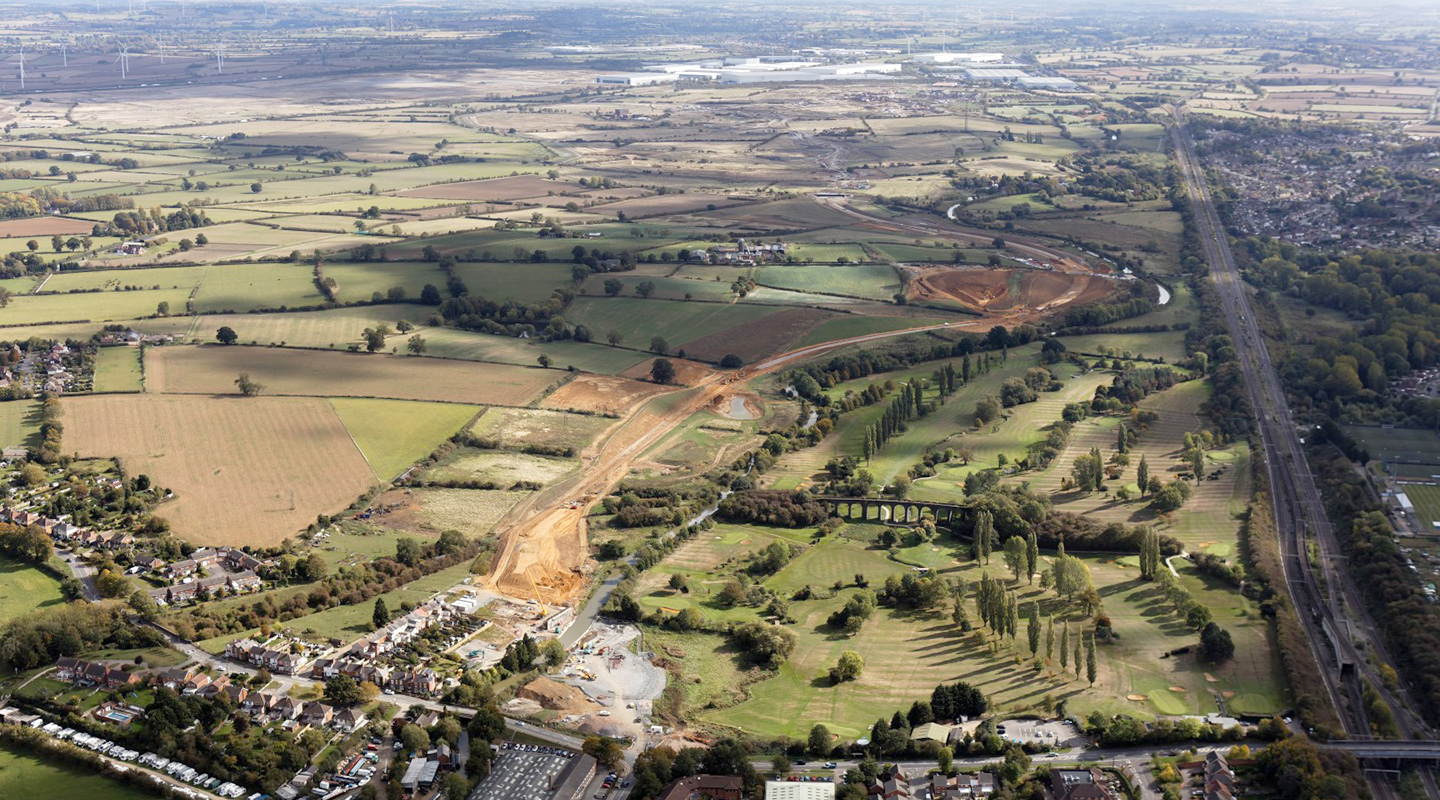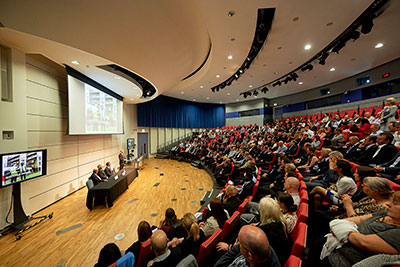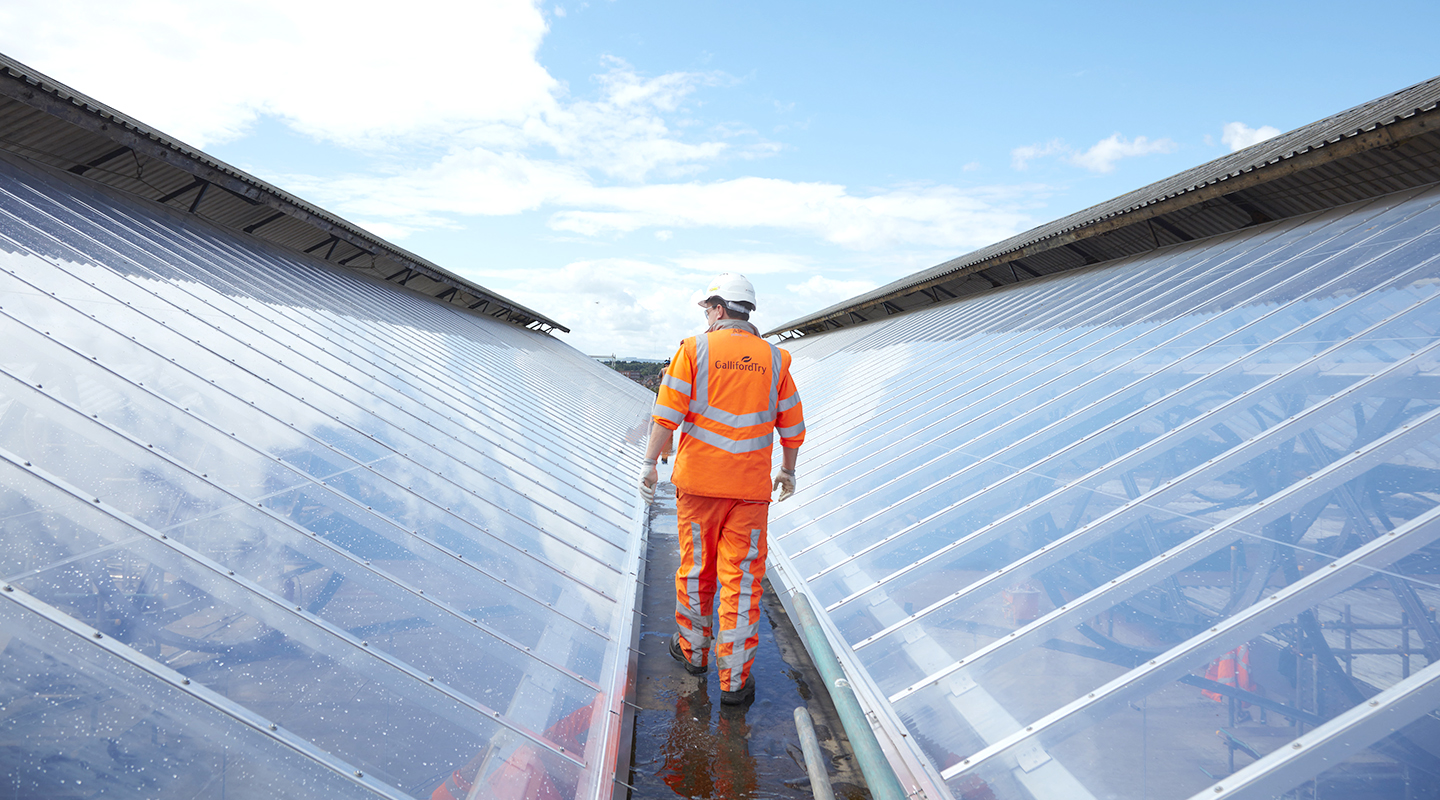In setting these net zero targets, we committed to reducing our emissions as far as possible, and offsetting the residual emissions at the target years. During 2023, our near-term targets, which support our net zero targets, were validated by the SBTi (Science Based Targets initiative). This provides independent assurance that our projected emissions reduction trajectory is aligned to the ambition of limiting global warming to 1.5°C. The trajectory towards net zero is unlikely to be linear, and in some years, we may see our emissions increase as the volume and mix of projects changes.
Net Zero Route Map
In support of our science-based and net zero carbon targets, we have developed and published our net zero route map. The route map identifies 16 activities where action is required in order to achieve our emission reduction targets. These include: the use of diesel, company vehicles, site compounds, permanent offices, business travel, design, construction materials, emissions measurement, internal carbon charging and offsetting. For each of the activities, the route map outlines the timeline of the actions we have already taken or are underway, the actions we still need to take, and our ultimate ambition.
For the activities that contribute towards our scope 1 and 2 net zero by 2030 target, the actions are more specific because we have a greater degree of control over these activities, we have better data, and the target year is closer. For the activities that contribute towards our Scope 3 net zero by 2045 target, the actions through to the target year are less well-defined, and will continue to evolve as we develop more accurate emissions measurement techniques and engage with our clients and supply chain partners on low carbon materials and construction methods.
The route map is intended to be a guide for our teams across the business to understand the actions they need to be taking and when. It also is a means of communicating to our clients, supply chain and other stakeholders the journey we collectively are on and the role we need them to play.
Achieving net zero through our Carbon Reduction Plan
Policies and management
Our Environmental Policy sets out our commitment to integrating the assessment, management and control of environmental issues into the management of our business. This is complemented by our Energy Policy, which recognises the impact of energy use on climate change and commits us to effectively and efficiently managing our energy use. Our Biodiversity Policy obligates us to protect and, where appropriate enhance biodiversity during our construction activities. Our Responsible Sourcing Policy requires us to consider our preferred suppliers’ environmental impacts, among other issues.
We identify, manage and mitigate our environmental impacts from project to business level through our ISO 14001 certified management system, supported by a network of Health, Safety and Sustainability (HS&S) advisors.
Our policies and processes are contained within our BMS (Business Management System), a mandatory platform, which defines our approach to all key operations and sets out the standards we must adhere to. Use of the BMS ensures consistency, governance and control and effective risk management by mitigating issues at source.
We make our people aware of our environmental standards and policies that are integrated into our BMS through extensive training, our intranet and by promoting our Code of Conduct, ‘Doing the right thing’, to all our employees.
Ensuring compliance
Compliance with our environmental policies is assessed through HS&S advisors who are aligned to each business unit to provide support and advice. They visit sites regularly to ensure compliance with policies and procedures and produce a Safety, Security and Environmental Report, which is communicated to appropriate levels in the business through a database. Any non-compliance identified requires a corrective action plan, including the date by which it will be completed.
We also monitor performance using key performance indicators (for example covering waste and timber), which are regularly reviewed and variations investigated. Any incidents or visits (for example by the Environment Agency) are logged in databases and reported to divisional Boards each month.
In our Annual Report (published in October), we make disclosures in line with the recommendations of the Task force for Climate-related Financial Disclosures (TCFD), including outlining the key risks and opportunities that climate change poses to our business.






















